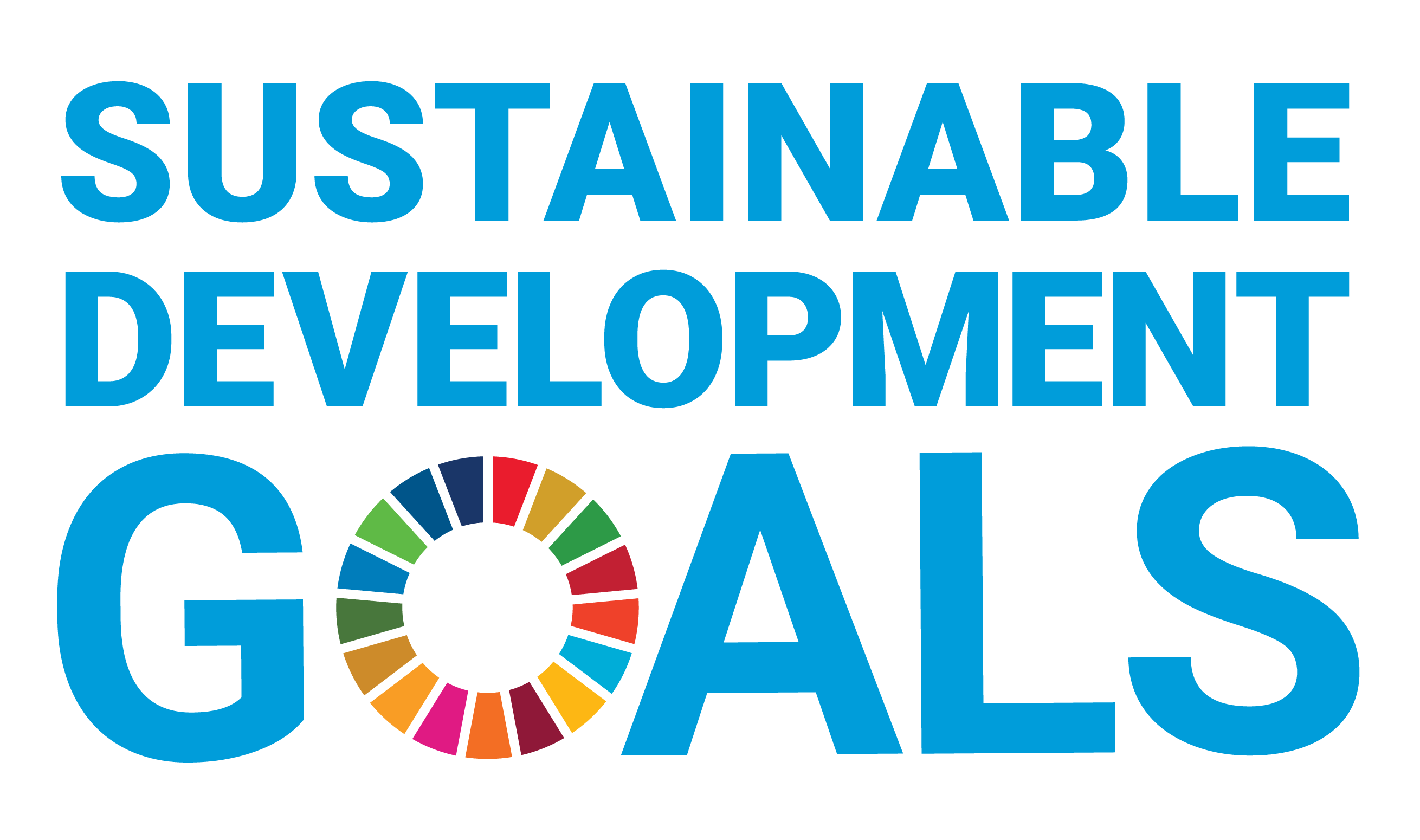Document Type
Article
Publication Date
2022
Abstract
Background: Consistent condom use in women, defined as the self-reported usage of male condom in every sexual encounter of the respondent with her most recent partner in the last 12 months, had been perennially low in the Philippines. This is despite consistent condom use being a tested and proven public health intervention to prevent unwanted pregnancy and sexually transmitted infections. Considering the high fertility rate, teenage pregnancy rate, and the rapidly increasing incidence of HIV in the country, we identified the determinants of consistent condom use in the Philippines.
Methods: We used data from the individual recode of the 2017 Philippine National Demographic and Health Survey. We used logistic regression for survey data to identify factors associated with consistent condom use.
Results: Out of 25,074 respondents, only 261 (1.13%) have used condoms consistently with their most recent partner. Reach of information and education campaigns on contraceptive use via different media ranged from 62% via television to 7% via short messaging service. After adjusting for confounders; those who were able to ask their partners to use condoms during sexual intercourse have 6.18 times (adjusted odds ratio (aOR): 6.18; 95% Confidence Interval (95% CI): 2.02. 18.94) greater odds of consistent condom use than those who were unable to ask their partners to use condoms during sexual intercourse. Meanwhile; HIV knowledge (aOR: 1.16; 95% CI: 0.98, 1.38) and hearing about contraception in television (aOR: 1.54; 95% CI: 1.00, 2.38) have weaker associations with consistent condom use.
Conclusions: The low percentage of those who use condoms consistently, together with the low reach of information and education campaigns, highlight the need to implement multi-faceted and context-specific interventions to promote sexual agency and/or consistent condom use to address the burden of unwanted pregnancies and HIV in the Philippines.
Recommended Citation
Pepito, V.C.F., Amit, A.M.L., Tang, C.S., Molen, R.G.C., Co, L.M.B., Aliazas, N.A.K., De Los Reyes, S.J., & Tanchanco, B.S. (2022). Determinants of consistent condom use among Filipino women: Results from the 2017 Philippine National Demographic and Health Survey. BMC Public Health, 22. https://doi.org/10.1186/s12889-022-14040-9



